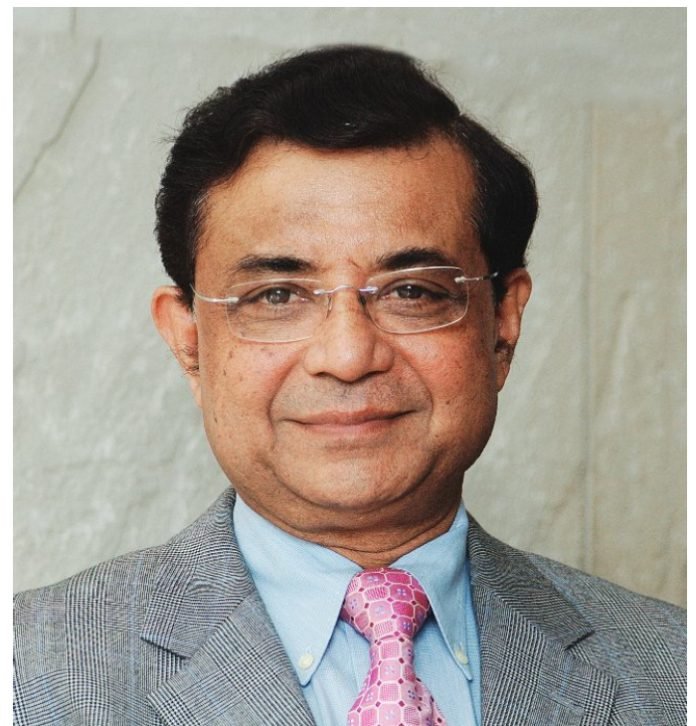Ever since buying back the 26% stake in the ABP-Star Group joint venture — Media Content and Communications Services (MCCS) — ABP News has upped its brand and marketing presence in television news coverage. Though ABP earlier had a stake of 74% in the joint venture, hosting three star channels — Star News (English), Star Majha (Marathi) and Star Ananda (Bengali) — the branding and marketing was previously done under the Star logo. Now with the channels being wholly owned by the Sarkars, they are pushing aggressively for a rise in prime time viewership as well as territory expansion and footprint. Dipankar Das Purkayastha, MD and CEO of ABP, confirmed that they have now the highest combined viewership as a newsgroup — around 22.7 million as per TAM (television audience measurement) statistics. This includes 15.7 million viewership from the TV channels, 7 million readership of the Bengali daily Ananda Bazar Patrika and the group’s English daily The Telegraph.
ABP’s Hindi television channel (the erstwhile Star News) has a viewership of 10 million, the remaining 5.7 million viewership coming from ABP Majha and ABP Ananda. The combined viewership and readership figures are the highest amongst all media groups, more than a third higher than their closest competitor. ABP News is extremely confident about growing its national footprint to all Indian languages and plans to add two language channels each year, so that a pan- Indian presence can be achieved in the next five years. The company clocked a turnover of `891.47 crore (approximately US$ 145 million) which gave it a healthy 10% rise over `814.21 crore (approximately US$ 131 million) last year.
Wifag scores a repeat order
Ananda Bazar Patrika had a weekday circulation of 12.16 lakh in the period of January to June 2012, Ebela (the new Bengali tabloid) had a circulation of 2.96 lakh and The Telegraph 5.08 lakh. Advertisement revenues have been growing though at a much slower pace
then before. For the Bengali newspaper, the ad revenue was up by 12% while for the English language Telegraph it rose by 8%. Circulation rise had been steady till the price hike in November 2013, principally because there was a well planned move to go local and start penetrating the 2nd and 3rd tier cities.
ABP’s presses are at Salt Lake and Barasat in Kolkata. At Salt Lake, they have a Goss Universal 70 press with 5 towers and a folder, and 12 press units of the Manugraph Hiline with three folders. ABP’s new plant is at Barasat where it first installed 12 Wifag OF 370S double-width double- circumference 4-colour towers. Last year it added 8 more Wifag printing units though it has been widely reported that Wifag is one of the severely challenged European newspaper press manufacturers. Purkayastha confirms that the Wifag presses at ABP are functioning satisfactorily and that the company continues to extend and service these without any disruption.
At the Barasat plant, ABP prints almost 600,000 to 1 million newspapers each night which is around half the total in-house printing capacity of 2 million copies. A large number of editions especially in the North East and Orissa are published through contract printing at third party presses.
Cost optimization is a continuous process
“To counter the rise of price of input materials, we have raised our cover price to `5 on weekdays and `6 on Sundays from November,” says Purkayastha. “There was a marginal drop of 3% in circulation initially, but we are recovering ground and expect to be back to normal soon,” continued Purkayastha. “We have the highest cover price among Indian language papers and do not find any consumer resistance among readers despite being predominantly read in price-sensitive Eastern India.”
Purkayastha confirmed that cost optimization is something that is continuously done at ABP and it has reduced the broadsheet newspaper cut off to 533 mm with a page-width
DD Purkayastha, MD and CEO of ABP
of350mmwhichhasledtoa considerable saving in newsprint costs. “The total wastage at ABP is the lowest in the country at just 1.6% ,” said Purkayastha, “and inventories have been reduced to 45 days stock instead of 90 days as part of the cost saving exercise.” As for newsprint, ABP has for a long time sourced 30% of its requirements from Emami, one of the best Indian A grade newsprint suppliers. The ABP presses consumed 66,000 metric tonnes of newsprint in 2012.
Digital media needs trengthening
Purkayastha admitted that though ABP is very strong in television and print media, it has to do a lot of work in the digital media space that includes the internet, tablet, and mobile and smartphone segments. ABP is working on these and hope to show some good results within the next one year.
Meanwhile the company is investing in software so that they can seamlessly integrate the web and the print media workflows. The editorial system as well as the advertisement system is based on Atex Media Command while the archival system is Digital Collections DC5. In August of this year, ABP signed up for the Atex Web Content Management System based on Atex’s Polypoly architecture to manage all of its websites. For sales and distribution it uses SAP while for CRM Oracle is used.
















